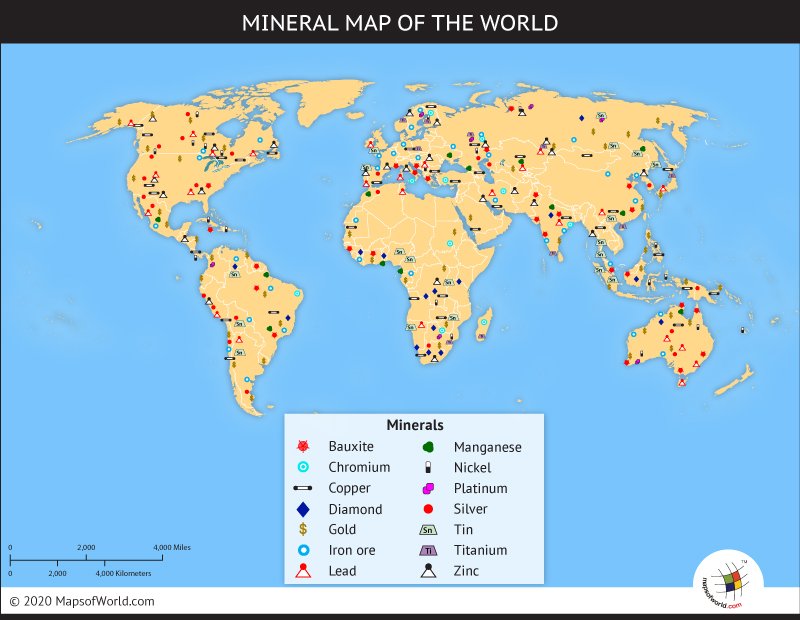Industrial Minerals Definition Geography

Industrial minerals are essential to modern life, yet they often fly under the radar compared to metals and fossil fuels. Understanding what they are and where they’re found is key to appreciating their economic and industrial importance.
In this post, we’ll explore the definition of industrial minerals and their geographic distribution across the globe.
What Are Industrial Minerals?
Industrial minerals are naturally occurring, non-metallic minerals used in industrial applications. Unlike ores or fossil fuels, they are not used for their metallic content or energy value, but rather for their physical and chemical properties .
Common industrial minerals include:
- Kaolin (China Clay)
- Talc
- Silica Sand
- Limestone
- Gypsum
- Bentonite
- Feldspar
- Calcium Carbonate
These minerals are used in a wide range of industries such as:
- Construction
- Paper and Coatings
- Ceramics and Glass
- Plastics and Rubber
- Agriculture
- Water Treatment
Geographic Distribution of Industrial Minerals
The availability of industrial minerals is closely tied to geology and geography . Certain minerals are more abundant in specific regions due to the Earth’s geological history and tectonic activity.
Here’s a breakdown of some key industrial minerals and where they are commonly found:
| Kaolin | USA (Georgia), UK, Brazil, China |
| Talc | France, China, India, USA, Greece |
| Silica Sand | USA (Wisconsin), Germany, Brazil, UAE |
| Limestone | Global (China, USA, India, Germany, Mexico) |
| Gypsum | Canada, USA, Iran, Spain |
| Bentonite | USA (Wyoming), Greece, India, China |
| Feldspar | Italy, Turkey, Brazil, India |
| Calcium Carbonate | Iceland, Germany, France, South Africa, Mexico |

Why Geography Matters in Industrial Minerals
- Natural Formation : Industrial minerals form through specific geological processes like sedimentation, metamorphism, and weathering — processes that are regionally variable.
- Economic Access : Proximity to infrastructure, transportation, and markets influences the economic viability of mining operations.
- Regulatory Environment : Environmental laws and mining policies affect where and how minerals are extracted.
- Supply Chain Security : Geographic concentration can lead to supply risks, especially for minerals critical to green technologies and advanced manufacturing.
As industries increasingly rely on industrial minerals for sustainable and high-tech applications , understanding their geographic distribution becomes more important than ever.

Frequently Asked Questions (FAQs)
Q1: What defines an industrial mineral?
A: Industrial minerals are non-metallic, naturally occurring minerals valued for their physical or chemical properties , used in industries like construction, paper, ceramics, and agriculture.
Q2: Which countries are the top producers of industrial minerals?
A: The top producers vary by mineral, but key countries include the USA, China, India, Brazil, Germany, and Greece .
Q3: Why is geography important for industrial minerals?
A: Geography determines where minerals form and how accessible they are for mining, processing, and transportation to industrial users.

